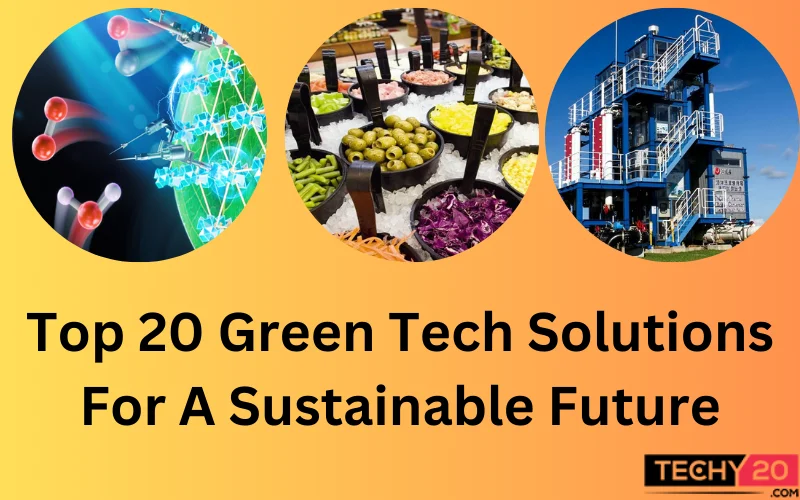Sustainable technology, also known as green technology, addresses environmental impact in the short and long term. Green technology offers hope to combat pollution and climate change, harnessing clean energy from sources like the sun and water to revolutionize the energy sector. It also includes numerous ingenious methods to reduce pollution and decrease the reliability on non-replenishable resources. This article will present the top 20 green tech solutions that will lead to a sustainable future.
1. Solar Energy
Solar energy is becoming increasingly popular in industries as well as households. New all-weather solar panel designs can collect energy from the sun and rain, ensuring constant supply and reducing air pollution. Solar power doesn’t emit harmful gases and conserves water, making it an eco-friendly choice for businesses and homes.

2. Green Architecture
Green architecture reduces urban resource use and promotes sustainable urban expansion. It maximizes natural light and insulation, cutting energy consumption and eliminating extra heating. Using landfill materials is an added advantage. This technology aims for “self-sufficient” buildings with minimal emissions. Modern solar panels generate energy for eco-friendly hot water production.

3. Nuclear Energy
Nuclear energy produces clean electricity for homes, businesses, and hospitals. The first nuclear reactor to generate electricity was in Arco, Idaho, in 1951. Nuclear power plants produce renewable energy without air pollution or greenhouse gas emissions. They can be built in urban or rural areas without significant environmental impact making nuclear energy a reliable source of energy in the coming future.

4. Electric Automobiles
Green technologies for the future must include electric cars with wireless power delivery. With zero emissions, electric vehicles will change the face of transportation as we know it today. Vehicles equipped to receive power from cables under the road are being road-tested in South Korea. This innovation will change perceptions about electric cars.

5. Artificial Photosynthesis
Photosynthesis in trees absorbs carbon dioxide and converts sunlight into energy. Scientists aim to create a technology that uses sunlight and carbon dioxide to produce renewable fuel while reducing carbon levels. Scaling up remains a challenge, focusing on carbon storage and efficient solar-to-electricity conversion. Success hinges on overcoming these obstacles.

6. Waste-Water Electricity Generator
Oregon State University engineers have been able to create a hybrid electricity generator using wastewater. It combines microbial fuel cells and reverse electrodialysis to produce electricity. When scaled up, this technology can power water treatment and contribute to the main grid, promoting energy-water sustainability amid resource scarcity.

7. Sustainable Aviation Fuel
Sustainable aviation fuels are an innovation that can significantly reduce aviation’s carbon footprint. Made from renewable sources, they could potentially cut greenhouse gas emissions by up to 80% in the aviation industry. Increasing their production could revolutionize air travel and play a vital role in combating climate change. Embracing these fuels is imperative for a greener and more sustainable aviation future.
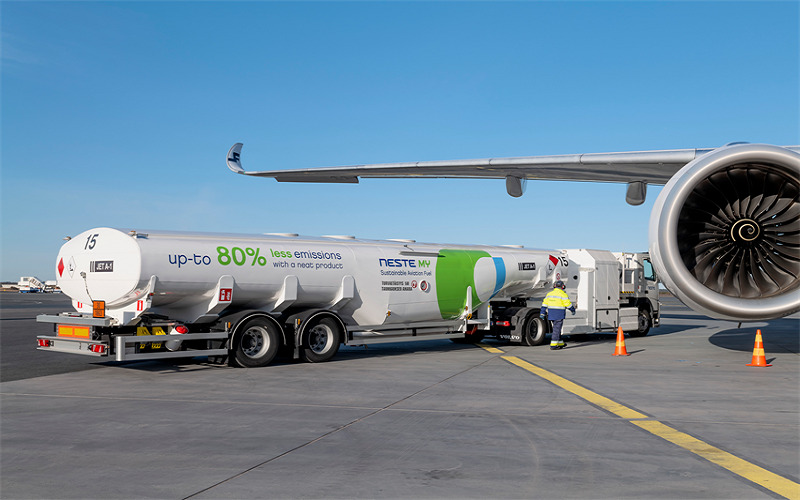
8. Pyrolysis
Plants store carbon, and deforestation adds to greenhouse gas emissions and climate change. A process called PYROLYSIS has been developed that offsets agriculture-related carbon release by converting residue to charcoal in a controlled, low-oxygen environment. This reduces emissions and can also result in an end product of charcoal.
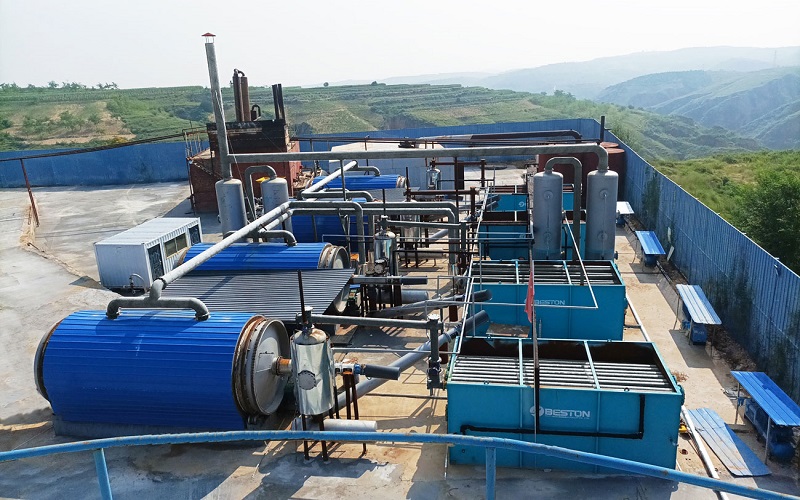
9. Vertical Farming
Vertical farming solves food production issues with eco-friendly methods. Crops grow in vertical layers, increasing sustainability. Farms around cities provide fresh food using less water and land. Intelligent root misting systems enhance water efficiency. Vertical farms feed dense populations, reduce greenhouse gas emissions, and eliminate long-distance transportation.
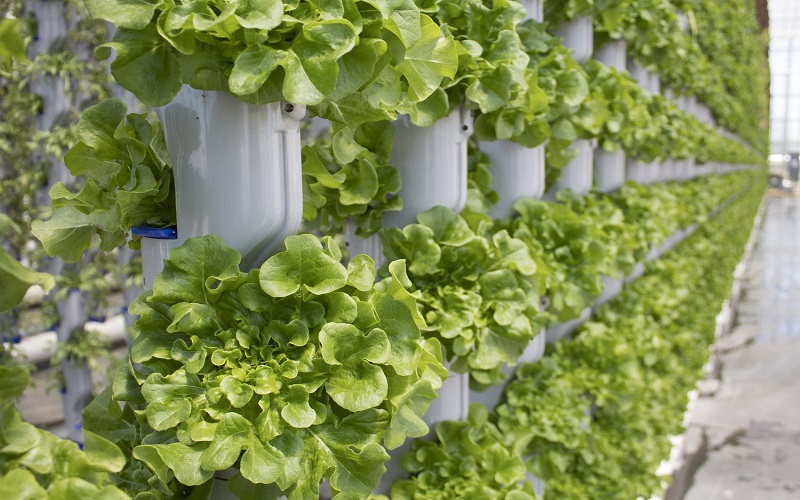
10. Carbon Capture
Carbon capture is the process of storing carbon underground and has garnered much attention recently. It is promising but has uncertainties like storage risks. Now, two molecules, ZIFs, and amines enhance its safety, efficiency, and cost-effectiveness. These molecules work well under real-world conditions and can be quickly reproduced.
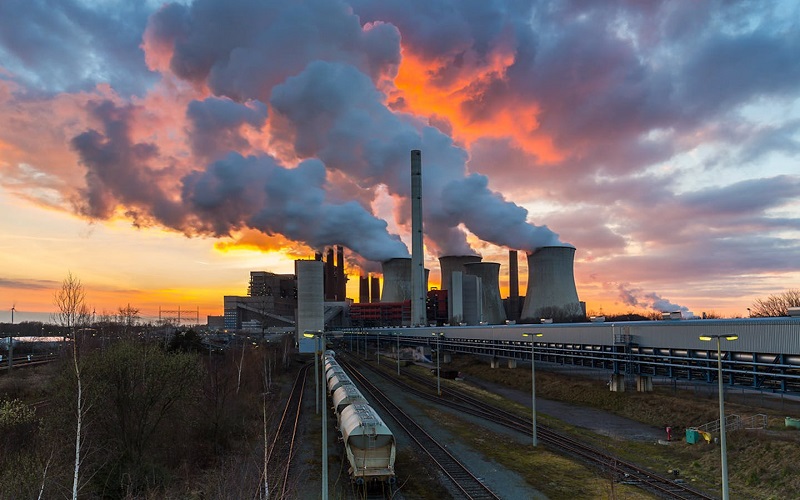
11. Tidal Energy
Ocean energy from currents, tides, and waves is a sustainable resource. Underwater buoys convert waves into desalinated, zero-emission energy, generating kilowatts of power. Pumps drive water to onshore power plants for electricity generation. Also referred to as tidal energy, it is consistent, and predictable, and holds promise for transforming the energy market.

12. Smart Meters
Smart grids and meters enable efficient use of scarce resources like electricity and water. Smart meters optimize appliance usage, reducing energy bills. Smart grids help utilities save water by reducing leakages, ensuring smoother demand, and more efficient supply, and maximizing utility from existing resources.
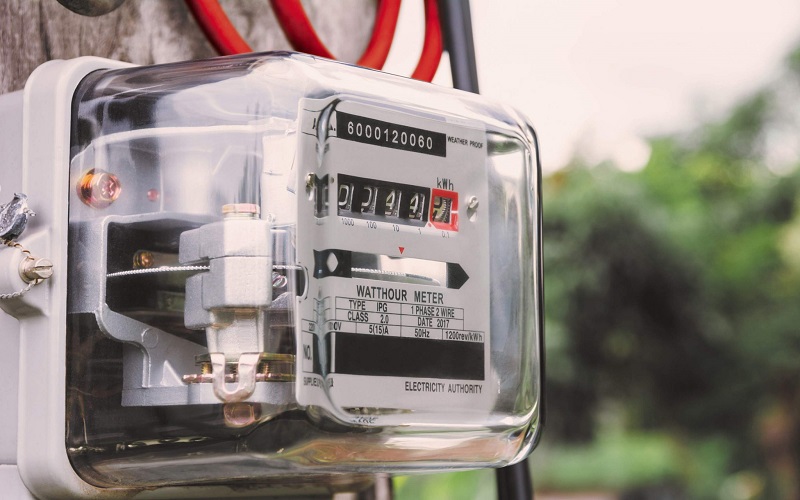
13. Ocean Thermal Energy Conversion
Ocean Thermal Energy Conversion (OTEC) is a lesser-known green technology that can change the landscape of energy production. OTEC generates electricity by utilizing the temperature difference between warm surface waters and cold deep waters of the ocean. This energy source is highly reliable as the ocean temperature difference is constant and can be easily predicted.
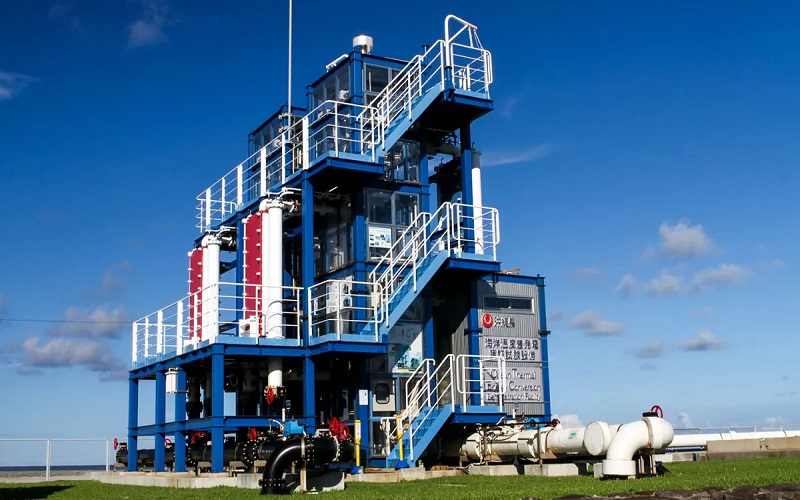
14. Hydrogen Technology
Hydrogen technologies are used in various applications as part of a hydrogen economy and offer carbon-neutral options to combat climate change. Hydrogen is widely used in ammonia production, oil refining, and energy. Although hydrogen is not a primary energy source, it is an ideal storage medium and can be converted back to electricity using fuel cells. The environmental impact of hydrogen technologies depends on the hydrogen generation methods.

15. Plastic Waste-Catching Systems
Plastic waste in rivers and oceans poses a major environmental issue. Many innovative solutions have been developed to tackle this problem. One of them is bubble barriers, which catch and remove plastic waste before it reaches the ocean.Another solution is plastic-eating mushrooms, which also help keep our oceans clean.

16. Biomimicry
Biomimicry is the practice of mimicking natural processes and designs from the environment to solve human challenges. By emulating nature’s efficiency and sustainability, biomimicry offers innovative solutions for various fields, including architecture, technology, and medicine. It can contribute to a sustainable future by promoting eco-friendly, and resource-efficient approaches, and reducing environmental impact.

17. Molten Salt Energy Storage
Molten salt can be used in solar energy production and its purpose is to store energy for later use. Surplus heat during the day heats large amounts of salt, which can absorb and store significant heat. This stored heat is then used to generate steam and run an electric turbine when the sun is not available.

18. Self-Sufficient Buildings
Self-sufficient buildings, also known as smart buildings, are an extraordinary innovation that contributes towards a green future. These buildings can generate energy without any external input using photovoltaic panels, and intelligent solar tracking systems. This guarantees optimal use of radiation. Although smart buildings are being constructed in a very confined manner currently, they will surely take off in the near future.

19. Wind Energy
Harnessing wind power is a great example of green tech. Small-scale windmills in residential settings offset energy needs. Offshore wind turbines provide steady, clean energy. Wind energy accounts for 7.2% of global electricity generation, preventing 1.1 billion metric tons of CO2 emissions, equivalent to 238 million cars off the road. The cost per kilowatt-hour ranges from $0.06 to $0.14, with a 2 MW turbine saving about 3,000 tonnes of CO2 yearly.

20. Food Storage Monitoring Systems
Around 1.3 billion tons of fresh food, mainly fruits, and vegetables, are wasted annually in the supply chain, valued at $680 billion. To address this, new food storage monitoring systems have been developed. They detect chemicals released as food ripens, allowing real-time checks and accurate forecasts to save up to 45% of food waste. This green technology enhances the food industry’s long-term sustainability.


